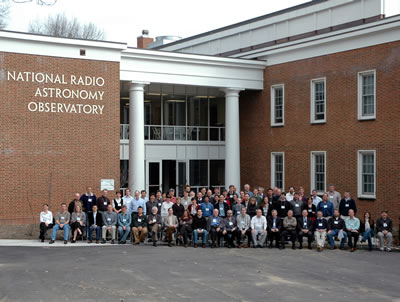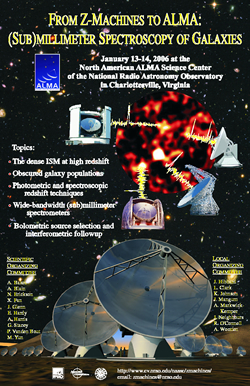Abstract Detail
13 January, 2006 - 3:55 PM An Ultra-Wideband Receiver and Spectrometer for 74-110 GHzNeal Erickson (University of Massachusetts), Gopal Narayanan, & Robert Goeller A receiver system is nearly complete which will cover the widest instantaneous bandwidth ever utilized by an astronomical heterodyne receiver. It is intended for use in searching for the highly redshifted spectral lines from galaxies of unknown redshift. There are four receivers covering 74-110 GHz instantaneously in a dual-beam, dual-polarized system. The receiver uses InP MMIC based low noise amplifiers operated at 20 K, with two receivers combined into one horn using a full band orthomode transition. A switch based on Faraday rotation provides beamswitching at a 1 KHz rate, to overcome the 1/f noise in the amplifiers. Two feeds are used to maintain one dual polarized beam on the source at all times. Full band noise temperatures are <70 K for three pixels and <80K for the fourth.
The backend spectrometer is a set of 24 analog autocorrelators each covering 1.5-8.0 GHz with a final spectral resolution of 31 MHz. They are built using very low cost microwave and analog/digital components, with 256 lags on each circuit board. A prototype board is complete and is largely tested.
| |






